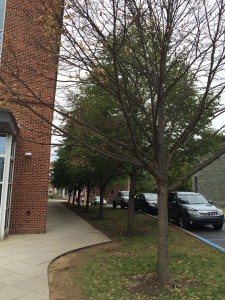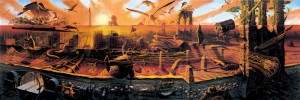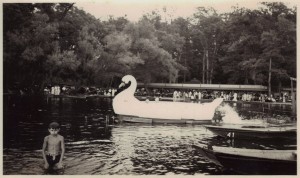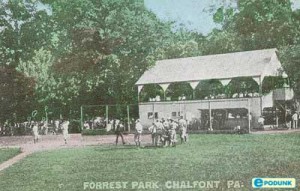“The garden suggest there might be a place where we can meet nature halfway”.
Pollan’s idea about the balance between our relationship with nature and how when we mow or garden we find are able to fulfill that balance. In both his passages, Pollan points out the evolution of the lawn in America became a staple of society, but now as he suggests we are moving towards a more balanced experience when we garden.
I agree with this sentiment to an extent but I feel like Pollan sort of understated the value of a lawn itself. To me the lawn makes nature something more accessible. Not that it is a fully natural thing, I think lawns offer an easy way to get out. Like we talked about in class, lawns offer an openness that you don’t necessarily get in an unkempt field or wooded area. Lawns can offer a more social environment. Lawns give a place to run around, play a game of football, or just lay out.
I understand that there is an intimacy in gardening and that they might offer more in return than lawns but I’d still rather lounge around on a quad or play a game of wiffleball on a clean cut lawn than in an over grown field or a flowerbed. I don’t disagree that gardens are important but lets not dig up the lawn that can serve a purpose, as well.




